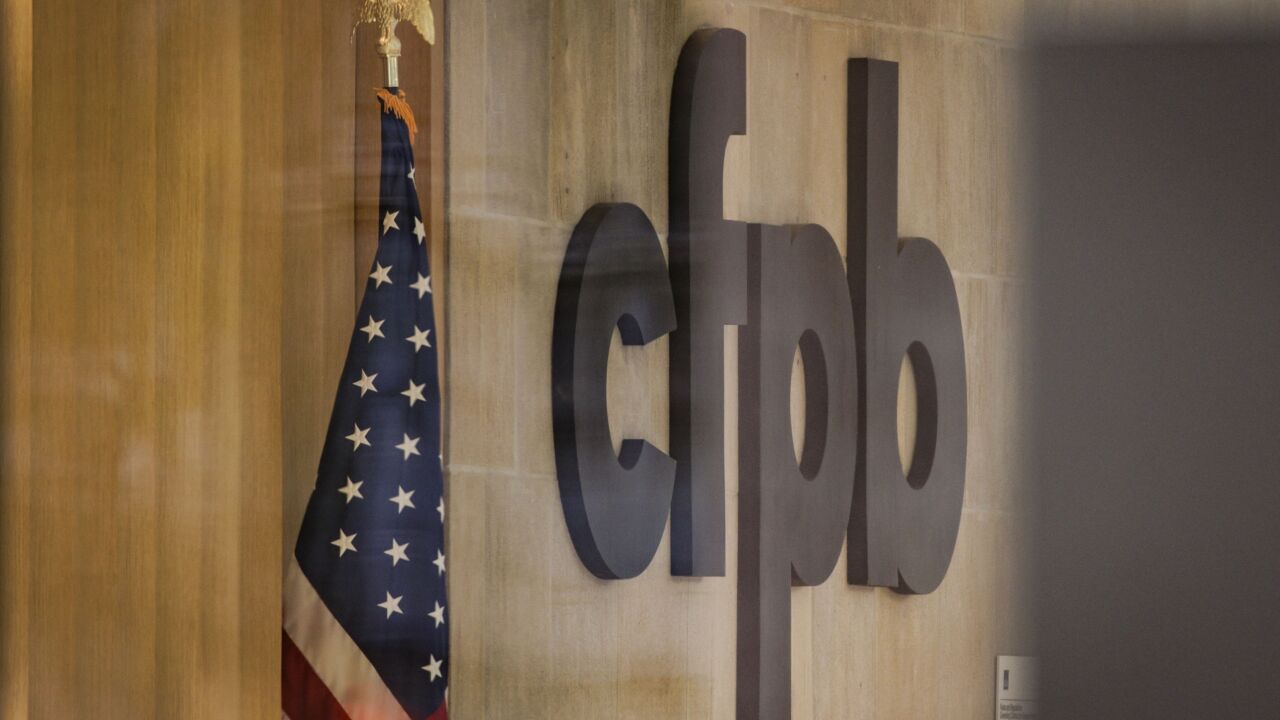The Clearing House Payments Co. LLC said Thursday that its SVPCO Image Payments Network is receiving check images from the Federal Reserve banks.
Connecting the two image exchange systems links the thousands of banks that clear paper checks through the Fed with the 12 large banks that are currently using SVPCO. It is a significant advance in the transition towards electronic clearing.
"The true promise of end-to-end electronic exchange is becoming a reality," said Susan Long, the senior vice president of The Clearing House responsible for SVPCO Electronic Clearing Services.
She said that the Fed sent the first batch of image files, which were delivered to National City Corp. of Cleveland, last Friday. She said other SVPCO participants are developing their own plans to receive images from the Fed, but she would not name them. The Fed connection will make image exchange volume "grow at a faster rate than we've seen," Ms. Long said, but she gave no estimate.
Some of SVPCO's participants have been sending image files to the Fed since last February, using the central bank's FedForward service. Ten are doing so now.
Until last summer, when the Fed introduced its FedReceipt service to forward images to paying banks, it had to print them as image-replacement documents and deliver them to paying banks.
Brian Egan, a vice president in the Fed's retail payments office, said nearly 75 banks are using FedReceipt today, receiving about 260,000 image items daily. Two hundred banks are testing the service, he said.
National City is "our largest customer to date," said Mr. Egan, who works out of the Detroit branch of the Chicago Fed. "We are moving ahead pretty rapidly. The momentum is beginning to build."
Mary Ann Francis, a senior vice president and the manager of global trade and treasury solutions at National City, said it is still testing the system, so its image volume from the Fed is low. She said she expects to begin full-scale electronic clearing shortly. "Flipping the switch is imminent."
Ms. Francis said one important advantage of receiving files from the Fed is that National City does not need to establish separate agreements with each of the banks that might send it check images through the Fed's network. "We're looking forward to the volumes that we think the Fed is going to be able to send us," she said.
National City is perhaps further ahead than most big banks when it comes to imaging technology. Most banks are able to transmit image files before they can receive them, so they must clear images sent by other banks as IRDs. However, Nat City went live on SVPCO last April, both sending and receiving images. It is now exchanging files with "four or five" SVPCO participants, Ms. Francis said, and is in negotiations to do so with "four or five more."
"National City is rightly proud that the image investment we have made is on both sides," she said.
Image exchange volume, at SVPCO and the other networks, continues to grow. SVPCO reported Tuesday that it had transmitted 13.9 million images in January, up 19% from December, worth $82.3 billion, up 12%.
Ms. Long said SVPCO's users are improving their ability to receive and clear checks electronically, without requiring IRDs. As recently as mid-2005, 80% to 85% of the images that moved across the SVPCO network came with instructions to convert them into IRDs at some point in the clearing process, but that figure has dropped to 20%, she said - "a complete reversal of the trend."
Image volume grew slowly in 2005 but "really made a big leap recently," Ms. Long said. "The volume we've added has all been image exchange volume," rather than files that had to be delivered as IRDs.
Aaron McPherson, the research manager of payments at the research firm Financial Insights Inc. of Framingham, Mass., said, "We've been seeing pretty consistent signals" that exchange volume is "picking up speed."
Financial Insights, a unit of the technology publisher International Data Group Inc. of Boston, accelerated its projections for image exchange in December. The firm now estimates that by 2009, 90% of interbank checks will be received and processed by image or converted to automated clearing house transactions.
Ms. Long said that The Clearing House is in talks with another major image clearing company, Endpoint Exchange Network, and that she hopes to have a connection between the two systems by yearend.
Jeff Vetterick, Endpoint's general manager, said, "Quite a number of the SVPCO membership are anxious to see this connection in place."
Ms. Long said connecting to Endpoint is a higher priority than connecting to the fourth major clearing system, the shared archive operated by Viewpointe Archive Services LLC of Charlotte. Viewpointe is used by 11 large banks, some of whom also use The Clearing House's system.
Endpoint is operated by Metavante Corp., the technology subsidiary of the Milwaukee banking company Marshall & Ilsley Corp. Most of its 5,000 participants are community banks and regional banks; about half of them are sending images across the network now, and most of the rest are testing their connections.
Endpoint already has a connection to Viewpointe, and Mr. Vetterick said that his company is in talks with the Fed about establishing a connection to its network. "By the end of the year, we will have the interoperability that everybody has been talking about," he said.





